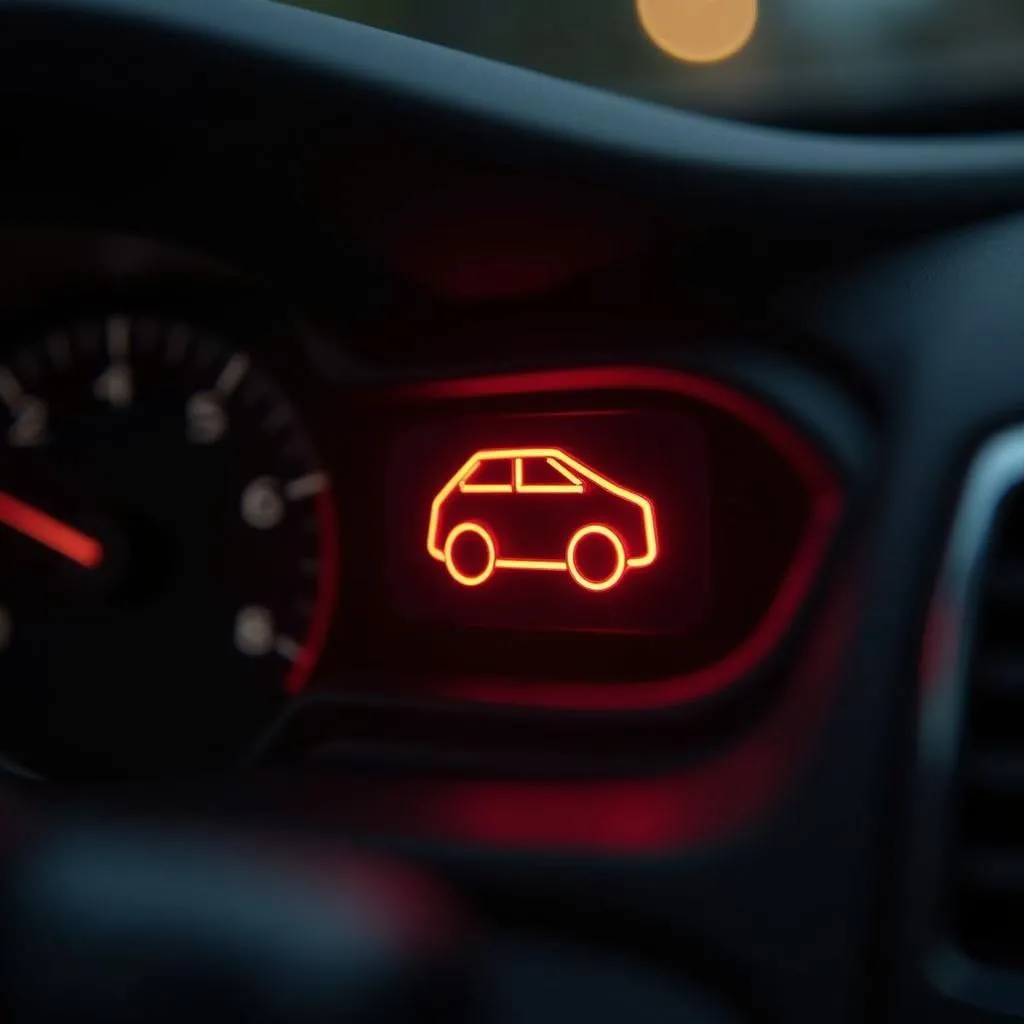In today’s world, car theft is an unfortunate reality. Thankfully, vehicle anti-theft systems have evolved to combat this, providing car owners with advanced security features for their vehicles. But have you ever wondered how these systems actually work to keep your car safe?
This article delves into the inner workings of vehicle anti-theft systems, exploring their components, functionalities, and benefits. Understanding how these systems operate can help you appreciate their value and empower you to make informed decisions about your car’s security.
Understanding the Basics: Key Components of Car Anti-Theft Systems
Modern car anti-theft systems utilize a combination of technologies to deter theft. These components work together to create a robust security network, making it extremely difficult for thieves to succeed:
- Immobilizer System: This system prevents the engine from starting without the presence of the correct key. It uses a transponder chip embedded in the key that communicates with the car’s engine control unit (ECU).
- Alarm System: This system is designed to deter potential thieves by emitting a loud siren or horn when it detects unauthorized entry or tampering.
- Keyless Entry System: Offering both convenience and security, this system allows you to lock and unlock your car without using a traditional key. They work through a coded signal transmitted from your key fob.
- GPS Tracking System: While not standard in all vehicles, GPS tracking systems can be invaluable in recovering a stolen car. These systems use satellite technology to pinpoint your car’s location in real-time.
How Your Car’s Security System Works: A Step-by-Step Breakdown
To illustrate how these components work together, let’s imagine a scenario where a thief attempts to steal your car:
- Unauthorized Entry: As the thief tries to break into your car, the alarm system is triggered. Sensors, such as door sensors, shock sensors, or motion detectors, detect the intrusion and activate the alarm.
- Engine Immobilization: Even if the thief manages to get past the alarm and into your car, the immobilizer system prevents them from starting the engine. Without the correct transponder chip in close proximity, the ECU won’t allow the engine to turn over.
- GPS Tracking Activation: If your car is equipped with a GPS tracking system, its recovery process can begin as soon as the theft is reported. Law enforcement can use the real-time location data to track down your vehicle.
Common Anti-Theft System Issues and How to Address Them
Like any electronic system, anti-theft systems can sometimes malfunction. Common issues include:
- Key Fob Problems: Dead batteries, signal interference, or internal faults can prevent your key fob from communicating with your car. If you’re experiencing this, check out our article on how to disable anti-theft on a 97 Grand Cherokee for helpful tips.
- Immobilizer Malfunctions: A faulty immobilizer system might prevent your car from starting even with the correct key.
- Alarm System False Alarms: These can be caused by a variety of factors, including sensitive sensors, low battery voltage, or electrical issues.
Troubleshooting these issues often requires specialized diagnostic equipment and expertise. Consider seeking professional assistance from a qualified automotive electrician if you’re experiencing problems with your anti-theft system.
FAQs About Car Anti-Theft Systems
Q: Can I install an aftermarket anti-theft system on my car?
A: Yes, many aftermarket anti-theft systems are available that can enhance your vehicle’s security.
Q: Can I disable my car alarm temporarily?
A: Yes, most car alarms have a temporary disable feature, often activated using the key fob or a switch hidden inside the vehicle. If you’re having trouble with your Chrysler 300, we have an informative guide on how to deactivate anti-theft on a 2005 Chrysler 300.
Q: How do I get my car out of anti-theft mode?
A: The process varies depending on the vehicle and the specific anti-theft system. You might try using the key fob to lock and unlock the doors, disconnecting the battery for a short period, or consulting your owner’s manual. For a more in-depth guide, explore our article on getting your car out of anti-theft mode.
Q: What should I do if my car alarm keeps going off for no reason?
A: Try checking your car battery voltage, as a low battery can sometimes trigger false alarms. If the issue persists, it’s best to consult a qualified auto electrician to diagnose and resolve the problem.
Cardiagtech: Your Partner in Automotive Diagnostics and Repair
Dealing with anti-theft system issues can be complex. CARDIAGTECH offers a range of diagnostic tools and resources to help you understand and resolve even the most challenging car problems. If you’re looking for professional assistance, don’t hesitate to connect with us.


